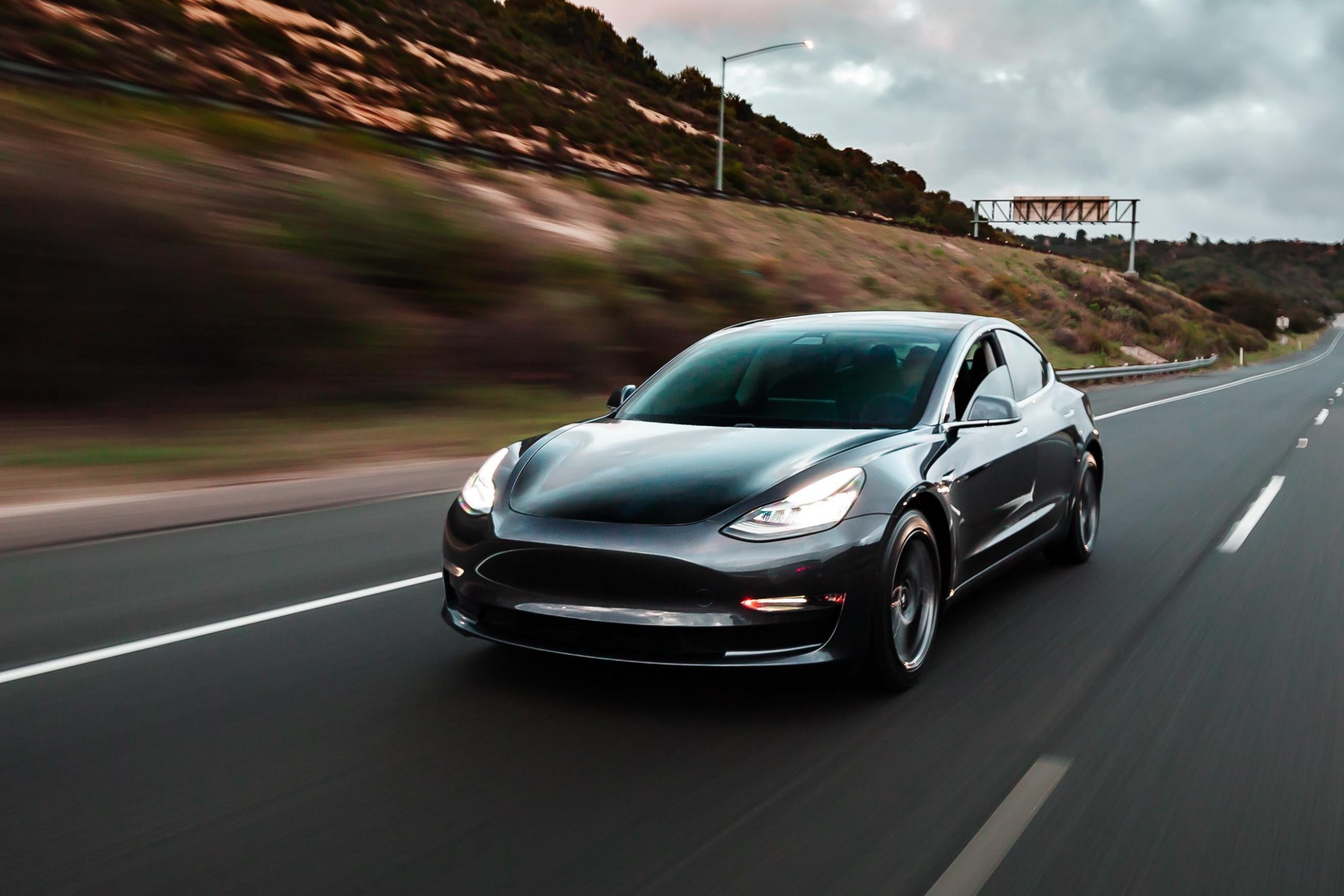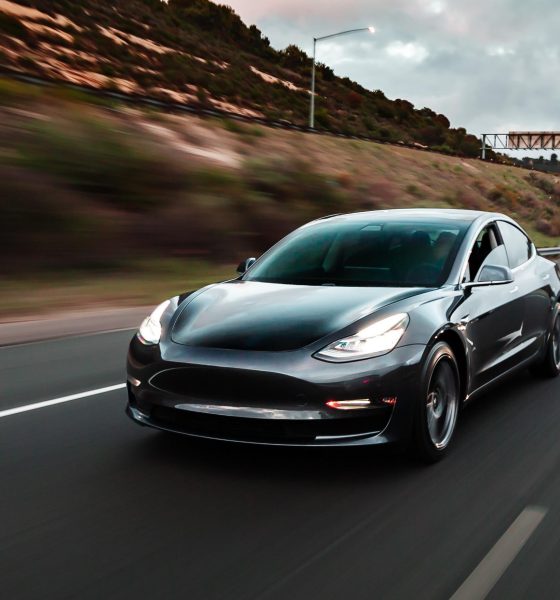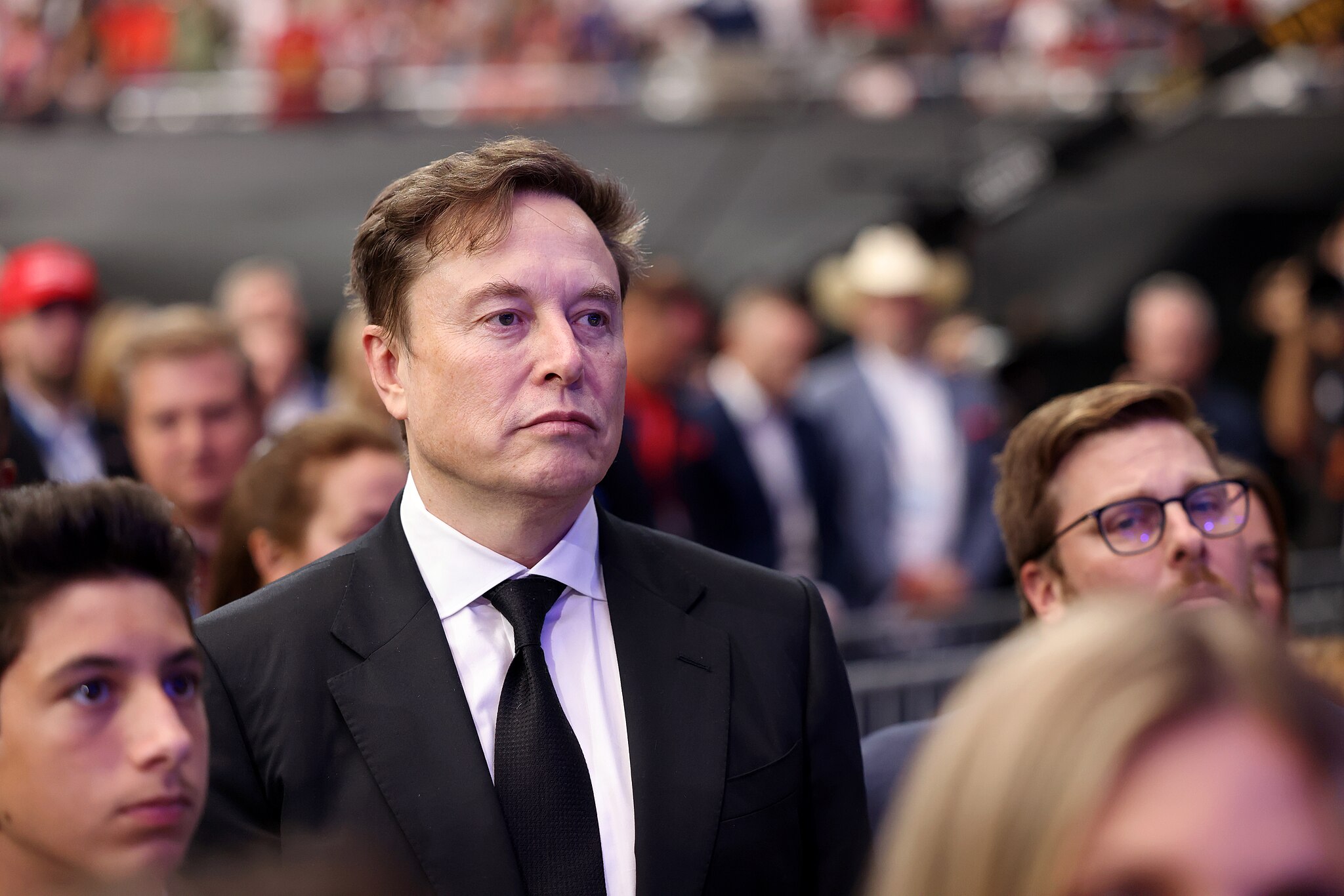

News
‘Tesla Killers’ are like Bigfoot: They don’t exist and they never will
The term “Tesla Killer” should be retired for the rest of time. For years, automakers across the world have released their introductory electric cars into the quickly growing EV sector. With plans written out and cool, sporty photographs and renders of the “next big thing” in the EV sector being released by some of the world’s largest and oldest car company’s, many media outlets, including this one, have referred to some cars as “Tesla Killers” because that is what automakers are trying to do: knock Tesla off of its pedestal and try to derail some of the momentum that Elon Musk’s company has gained through the past several years.
The problem is this: These cars that are always coined as “Tesla Killers” never pan out to what they’re supposed to be. They’re all hype and relatively no real threat to Tesla or any of its vehicles. In all honesty, “Tesla Killers” are like Bigfoot. You always hear about them, but you never see them, and in the back of your mind, you think that it could be real, but more than likely, it isn’t.
I will admit, there are cars out there that have legitimate potential to derail some of Tesla’s momentum. I think the Lucid Air could be a great competitor to the Model S, and I think Rivian’s R1T could be a great option for potential Cybertruck owners. Some great cars are coming to the market, but none of them are worthy of being deemed a “Tesla Killer.”
This is a preview from our weekly newsletter. Each week I go ‘Beyond the News’ and handcraft a special edition that includes my thoughts on the biggest stories, why it matters, and how it could impact the future.
The fact is, the word “killer,” when attributed to everything, means it is a complete ending to any chance of success when used in the comparison of two things. A “Tesla Killer” would have to make a competing car model obsolete, killing it off from the market, and this simply doesn’t happen in the automotive world, at least in my opinion. Even if cars have slumpy sales records or slow months, someone will still buy that car eventually, no matter how crappy, inadequate, or ineffective that vehicle is.
The truth is that all of the cars labeled as “Tesla Killers” have always fallen short. I can remember the Mercedes-Benz EQC donning the label, only to sell barely any units and have the German automaker reconsidering its stance on EVs. The same thing was said about the EQS unveiling. While it is a beautiful car, does anyone really think it’s going to make Tesla reconsider its plans for future models or make it redesign any of its current ones?
Once-deemed ‘Tesla killer’ Mercedes EQC flops with 55 units sold in Germany to date
No, it won’t. It’s not an “it likely won’t” or “there’s a small chance.” It won’t happen. Period.
Tesla is on the top of the EV sector. Like it or not, nobody can really compete with them currently, and vaporware is the only real threat to Tesla’s current momentum. For years, these car companies have said they will build these incredible EVs with all of these great features. Towing capabilities, wading depth, 0-60 MPH times that are more than impressive, astronomical range ratings. You name it, one of these car companies has said it. But how many times, honestly, has a car company kept its word with an EV that it plans to release? How many times have these car companies with decades or even a century of experience come up short? How many times have EV enthusiasts been promised “the next big thing in the EV sector,” only to come up short and revise their plans?
The truth is, it happens more often than not. Car companies need to start getting honest about their issues when developing EVs. I believe transparency, not hopeless promises, is the key to winning over the incredibly loyal EV enthusiasts that make up the community. It is no secret that Tesla owners and fans are quite dismissive toward competitors. Can you really blame them? Can you see how for years, these other car companies have made all of these promises, only for their entire plan to crumble apart like an extra dry cookie?
This isn’t to say that Tesla is perfect, and it isn’t to say that they won’t eventually fall off of their pedestal. Tesla has plenty of issues. They’re dealing with supply constraints, timing inaccuracies, production bottlenecks, and delays in permissions (especially in Berlin). The company also has major issues with customer service and communication, something that has been a complaint in more recent memory. However, Tesla rarely misses when it comes to its cars. Yes, some come later than the company says, but there’s no denying that many of the specs it releases for its vehicles are accurate. No matter how astronomical or outlandish some specs may seem, Tesla usually makes good on its promises.
This is something that other automakers that have been deemed “Tesla Killers” simply haven’t done. They may put fancy names, specs, and features on their cars, but they either fall short and aren’t as effective as they say the car will be, or the car just gets delayed for several years until the companies have put in the correct infrastructure for adequate production.
“Tesla Killers” do not exist. They never have, and they never will. There will never be a car that comes along and makes a Tesla completely obsolete in the EV market. Besides, all of these companies producing “Tesla Killers” wouldn’t even plan to manufacture EVs if it wasn’t for Tesla. Let’s face it; these cars are really “Saviors” to whatever manufacturer they belong to because if they weren’t being planned or produced, these companies would be obsolete in a few years, especially as the EV sector continues to gain momentum and take market share away from petrol-powered machines.
A big thanks to our long-time supporters and new subscribers! Thank you.
I use this newsletter to share my thoughts on what is going on in the Tesla world. If you want to talk to me directly, you can email me or reach me on Twitter. I don’t bite, be sure to reach out!
-Joey

Elon Musk
Judge clears path for Elon Musk’s OpenAI lawsuit to go before a jury
The decision maintains Musk’s claims that OpenAI’s shift toward a for-profit structure violated early assurances made to him as a co-founder.

A U.S. judge has ruled that Elon Musk’s lawsuit accusing OpenAI of abandoning its founding nonprofit mission can proceed to a jury trial.
The decision maintains Musk’s claims that OpenAI’s shift toward a for-profit structure violated early assurances made to him as a co-founder. These claims are directly opposed by OpenAI.
Judge says disputed facts warrant a trial
At a hearing in Oakland, U.S. District Judge Yvonne Gonzalez Rogers stated that there was “plenty of evidence” suggesting that OpenAI leaders had promised that the organization’s original nonprofit structure would be maintained. She ruled that those disputed facts should be evaluated by a jury at a trial in March rather than decided by the court at this stage, as noted in a Reuters report.
Musk helped co-found OpenAI in 2015 but left the organization in 2018. In his lawsuit, he argued that he contributed roughly $38 million, or about 60% of OpenAI’s early funding, based on assurances that the company would remain a nonprofit dedicated to the public benefit. He is seeking unspecified monetary damages tied to what he describes as “ill-gotten gains.”
OpenAI, however, has repeatedly rejected Musk’s allegations. The company has stated that Musk’s claims were baseless and part of a pattern of harassment.
Rivalries and Microsoft ties
The case unfolds against the backdrop of intensifying competition in generative artificial intelligence. Musk now runs xAI, whose Grok chatbot competes directly with OpenAI’s flagship ChatGPT. OpenAI has argued that Musk is a frustrated commercial rival who is simply attempting to slow down a market leader.
The lawsuit also names Microsoft as a defendant, citing its multibillion-dollar partnerships with OpenAI. Microsoft has urged the court to dismiss the claims against it, arguing there is no evidence it aided or abetted any alleged misconduct. Lawyers for OpenAI have also pushed for the case to be thrown out, claiming that Musk failed to show sufficient factual basis for claims such as fraud and breach of contract.
Judge Gonzalez Rogers, however, declined to end the case at this stage, noting that a jury would also need to consider whether Musk filed the lawsuit within the applicable statute of limitations. Still, the dispute between Elon Musk and OpenAI is now headed for a high-profile jury trial in the coming months.
News
Tesla Giga Shanghai celebrates 5 million electric drive unit milestone
The milestone was celebrated by the company in a post on its official Weibo account.

Tesla China has reached another manufacturing milestone at Gigafactory Shanghai, rolling out the facility’s 5 millionth locally produced drive unit.
The milestone was celebrated by the company in a post on its official Weibo account. In its post, the Giga Shanghai team could be seen posing with the 5 millionth drive unit.
Giga Shanghai’s major benchmark
The milestone drive unit was produced at Gigafactory Shanghai, which produces the Model Y and the Model 3. In a release, Tesla China noted that its three-in-one integrated electric drive system combines the motor, gearbox, and inverter into a single compact assembly. This forms a powerful “heart” for the company’s electric cars.
Tesla China also noted that its drive units’ integrated design improves energy conversion efficiency while reducing overall weight and complexity, benefits that translate into stronger performance, improved handling, and longer service life for its vehicles.

The new milestone builds on earlier achievements at the same site. In July 2024, Tesla announced that its 10 millionth electric drive system globally had rolled off the line at the Shanghai plant, making it the first self-produced Tesla component to reach that volume.
More recently, the factory also produced its 4 millionth China-made vehicle, a Model Y L. The factory has also continued hitting global production milestones, rolling out Tesla’s 9 millionth EV worldwide late last year, with the landmark vehicle being a Tesla Model Y.
Tesla China’s role
Construction of Giga Shanghai began in January 2019, with production starting by the end of that year. This made it the first wholly foreign-owned automotive manufacturing project in China. The facility began delivering Model 3 vehicles locally in early 2020 and added Model Y production in 2021. The plant is now capable of producing about 1 million vehicles annually.

Throughout 2025, Giga Shanghai delivered 851,732 vehicles, representing a 7.08% year-on-year decline, according to data compiled by CNEVPost. Even so, recent months showed renewed momentum.
In December alone, Tesla China recorded wholesale sales of 97,171 vehicles, including domestic deliveries and exports, making it the company’s second-best monthly total on record, per data from the China Passenger Car Association. Retail sales during December reached roughly 94,000 units, up about 13% year over year.
Investor's Corner
Tesla price target boost from its biggest bear is 95% below its current level

Tesla stock (NASDAQ: TSLA) just got a price target boost from its biggest bear, Gordon Johnson of GLJ Research, who raised his expected trading level to one that is 95 percent lower than its current trading level.
Johnson pushed his Tesla price target from $19.05 to $25.28 on Wednesday, while maintaining the ‘Sell’ rating that has been present on the stock for a long time. GLJ has largely been recognized as the biggest skeptic of Elon Musk’s company, being particularly critical of the automotive side of things.
Tesla has routinely been called out by Johnson for negative delivery growth, what he calls “weakening demand,” and price cuts that have occurred in past years, all pointing to them as desperate measures to sell its cars.
Johnson has also said that Tesla is extremely overvalued and is too reliant on regulatory credits for profitability. Other analysts on the bullish side recognize Tesla as a company that is bigger than just its automotive side.
Many believe it is a leader in autonomous driving, like Dan Ives of Wedbush, who believes Tesla will have a widely successful 2026, especially if it can come through on its targets and schedules for Robotaxi and Cybercab.
Justifying the price target this week, Johnson said that the revised valuation is based on “reality rather than narrative.” Tesla has been noted by other analysts and financial experts as a stock that trades on narrative, something Johnson obviously disagrees with.
Dan Nathan, a notorious skeptic of the stock, turned bullish late last year, recognizing the company’s shares trade on “technicals and sentiment.” He said, “From a trading perspective, it looks very interesting.”
Tesla bear turns bullish for two reasons as stock continues boost
Johnson has remained very consistent with this sentiment regarding Tesla and his beliefs regarding its true valuation, and has never shied away from putting his true thoughts out there.
Tesla shares closed at $431.40 today, about 95 percent above where Johnson’s new price target lies.








